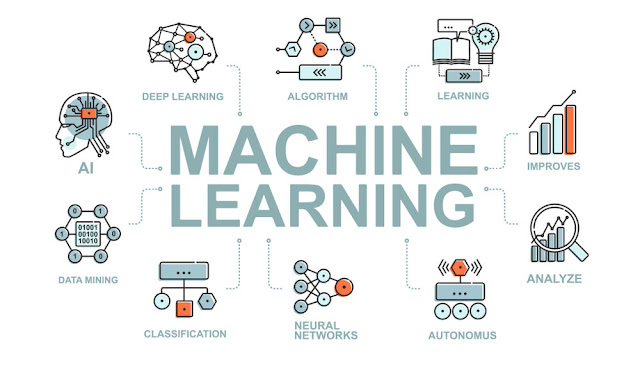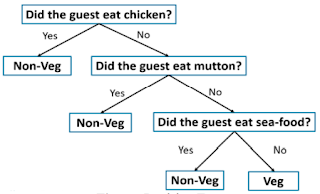Machine Learning Algorithms
Machine Learning Algorithms - Since their evolution, humans have been using many types of tools to accomplish various tasks in a simpler way. The creativity of the human brain led to the invention of different machines.
These machines made the human life easy by enabling people to meet various life needs, including travelling, industries, and computing. And Machine learning is the one among them.
According to Arthur Samuel Machine learning is defined as the field of study that gives computers the ability to learn without being explicitly programmed. Arthur Samuel was famous for his checkers playing program.
Machine learning (ML) is used to teach machines how to handle the data more efficiently. Sometimes after viewing the data, we cannot interpret the extract information from the data. In that case, we apply machine learning.
With the abundance of datasets available, the demand for machine learning is in rise. Many industries apply machine learning to extract relevant data. The purpose of machine learning is to learn from the data.
Many studies have been done on how to make machines learn by themselves without being explicitly programmed. Many mathematicians and programmers apply several approaches to find the solution of this problem which are having huge data sets.
Machine Learning relies on different algorithms to solve data problems. Data scientists like to point out that there‟s no single one-size-fits-all type of algorithm that is best to solve a problem.
The kind of algorithm employed depends on the kind of problem you wish to solve, the number of variables, the kind of model that would suit it best and so on. Here‟s a quick look at some of the commonly used algorithms in machine learning (ML).
Supervised Learning
The supervised machine learning algorithms are those algorithms which needs external assistance. The input dataset is divided into train and test dataset. The train dataset has output variable which needs to be predicted or classified.
All algorithms learn some kind of patterns from the training dataset and apply them to the test dataset for prediction or classification. The workflow of supervised machine learning algorithms is given in fig below. Most famous supervised machine learning algorithms have been discussed here.
Decision Tree
Each node represents attributes in a group that is to be classified and each branch represents a value that the node can take.
Decision Tree Pseudo Code:
def
decisionTreeLearning(examples, attributes, parent_examples):
if len(examples) == 0:
return pluralityValue(parent_examples)
# return most probable answer as there is no training data
left
elif len(attributes) == 0:
return pluralityValue(examples)
elif (all examples classify the same):
return their classification
A = max(attributes, key(a)=importance(a, examples)
# choose the most promissing attribute to condition on
tree = new Tree(root=A)
for value in A.values():
exs = examples[e.A == value]
subtree = decisionTreeLearning(exs, attributes.remove(A), examples)
# note implementation should probably wrap the trivial case
returns into trees for consistency
tree.addSubtreeAsBranch(subtree, label=(A, value)
return tree
Support Vector Machine
Another most widely used state-of-the-art machine learning technique is Support Vector Machine (SVM). In machine learning, support-vector machines are supervised learning models with associated learning algorithms that analyze data used for classification and regression analysis.
In addition to performing linear classification, SVMs can efficiently perform a non-linear classification using what is called the kernel trick, implicitly mapping their inputs into high-dimensional feature spaces. It basically, draw margins between the classes.
The margins are drawn in such a fashion that the distance between the margin and the classes is maximum and hence, minimizing the classification error.
Principal Component Analysis
Principal component analysis is a statistical procedure that uses an orthogonal transformation to convert a set of observations of possibly correlated variables into a set of values of linearly uncorrelated variables called principal components.
In this the dimension of the data is reduced to make the computations faster and easier. It is used to explain the variance-covariance structure of a set of variables through linear combinations. It is often used as a dimensionality-reduction technique.
K-Means Clustering
K-means is one of the simplest unsupervised learning algorithms that solve the well known clustering problem. The procedure follows a simple and easy way to classify a given data set through a certain number of clusters.
The main idea is to define k centers, one for each cluster. These centers should be placed in a cunning way because of different location causes different result. So, the better choice is to place them is much as possible far away from each other.
The next step is to take each point belonging to a given data set and associate it to the nearest center. When no point is pending, the first step is completed and an early group age is done. At this point we need to re-calculate k new centroids as bary center of the clusters resulting from the previous step.







Posting Komentar untuk "Machine Learning Algorithms"